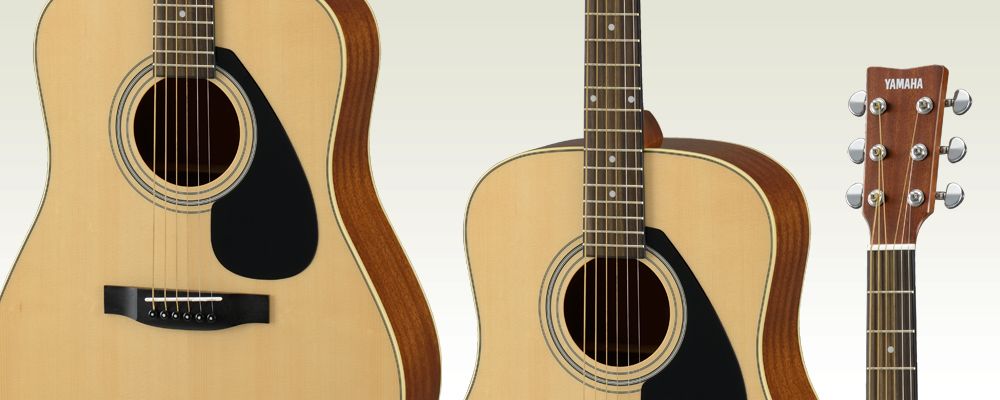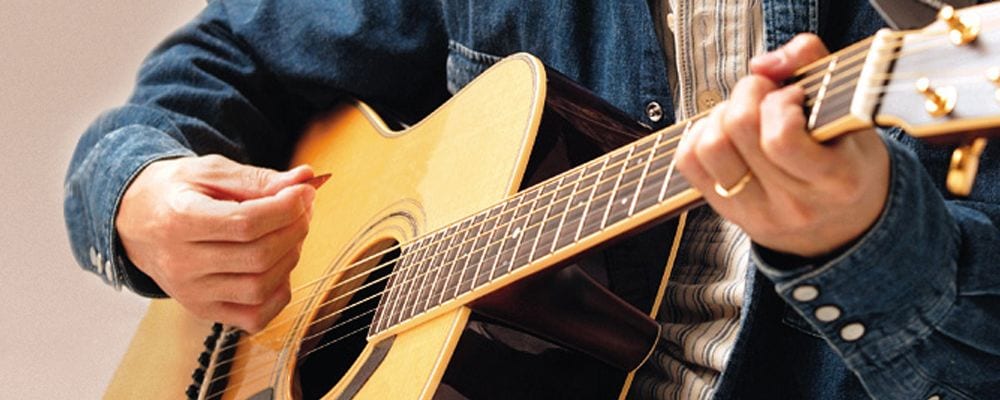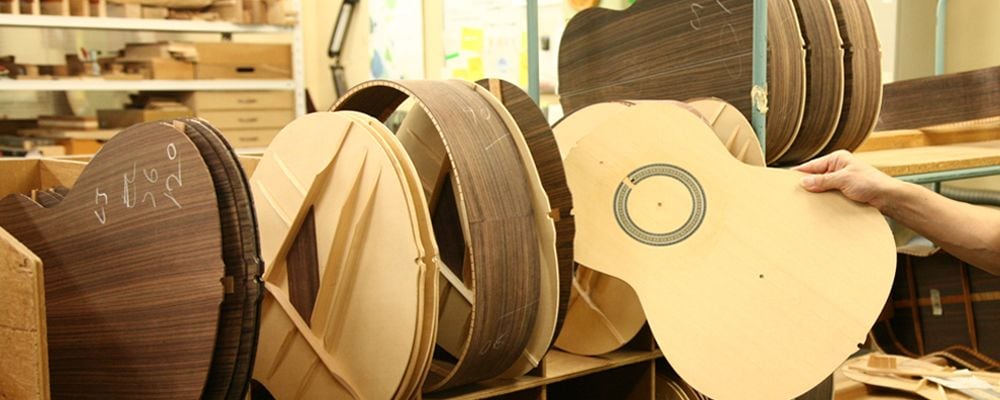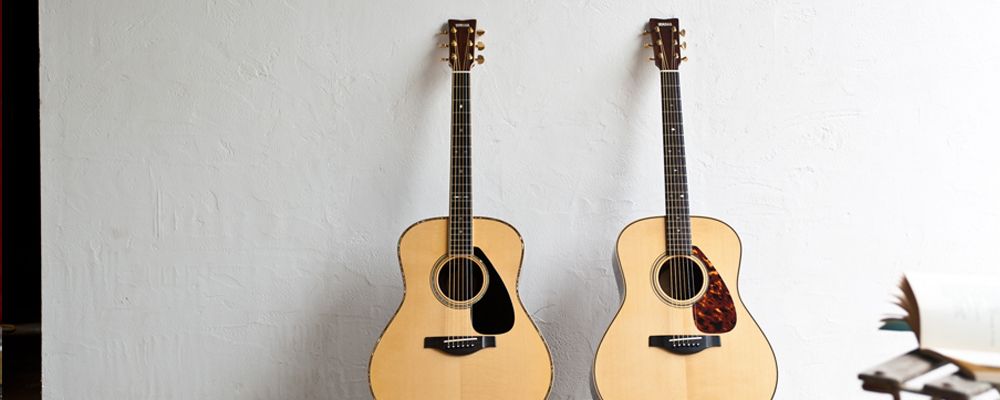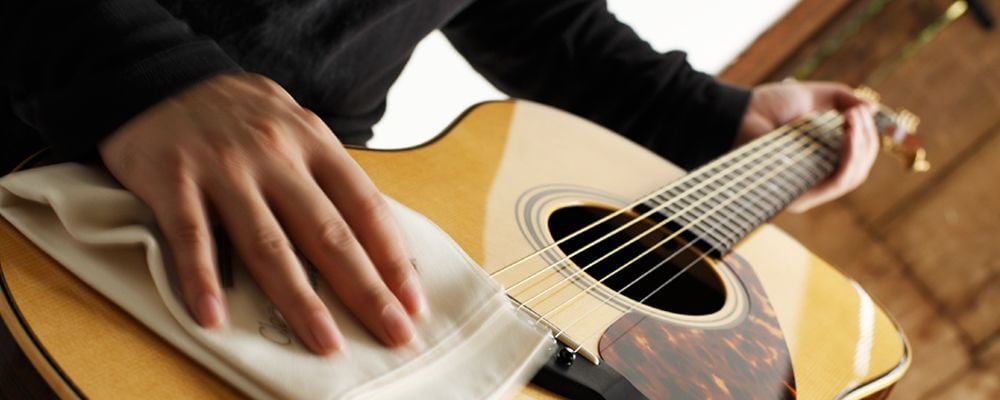The rule of strings and pitch
The Structure of the Acoustic Guitar
The thickness, tension, and length of a string determine the pitch of the sound it generates
The thickness, tension, and length of a string determine the pitch of the sound it generates
Guitars typically feature six strings of varying thickness. The thickness of a string is related to its pitch. If two strings are the same length, the thicker string will have a lower pitch than the thinner string.
The tension of a string is also related to its pitch. Guitar strings are tuned (tightened and loosened) using their tuning keys. Applying too much tension to a string tightly can raise it to the pitch of the next note, while loosening it can easily lower it the same amount. Increasing the tension raises the pitch.
The length of a string is also important. When a string is supported at two points and plucked, it vibrates and produces sound. However, if the length of this string is shortened, its pitch will increase.
Strings are supported by the nut and saddle
When a guitar string is not being pressed, it is supported at two points: the nut below the head and the saddle on the bridge. These parts are extremely important, as the tension of the string rests on them.
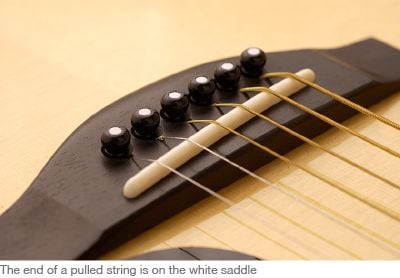
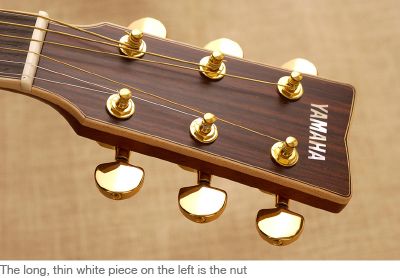
The relationship between where the string is pressed and its pitch
When a string is held down it makes contact with a fret on the fingerboard, and the fret now acts as the support point instead of the nut. The two points supporting the string are now the fret and saddle, so the vibrating part of the string is shorter, causing its pitch to increase. Note that if position 12 (between frets 11 and 12) is held down, the string is now half of its total length and its pitch is raised one octave. For string 6, this means that the pitch will change from "low E" to "high E." If position 7 is pressed the string will be shortened to 2/3rds of its total length and the pitch will increase from "low E" to "B." At position 5 the string will become 3/4ths of its total length and its pitch will increase from "low E" to "A."
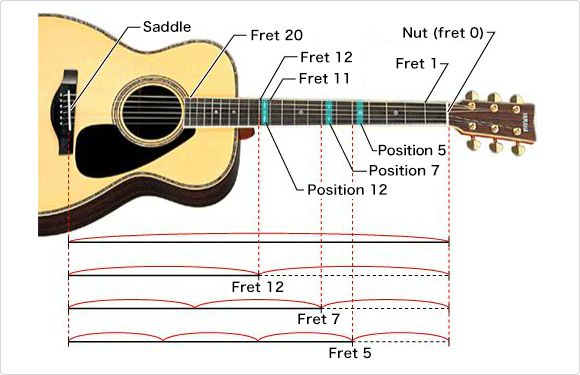
String not pressed (00:00~00:10)
String length 1/2 (00:10~00:20)
String length 2/3 (00:20~00:27)
String length 3/4 (00:27~00:36)


